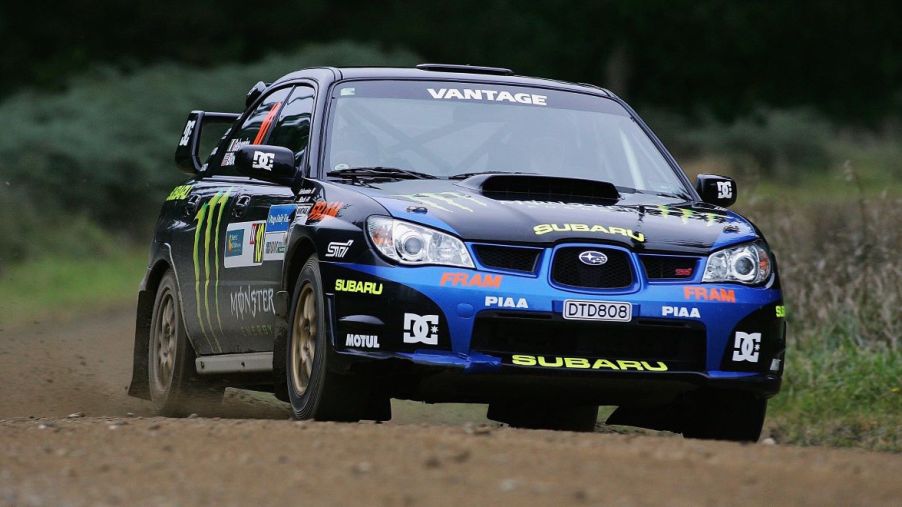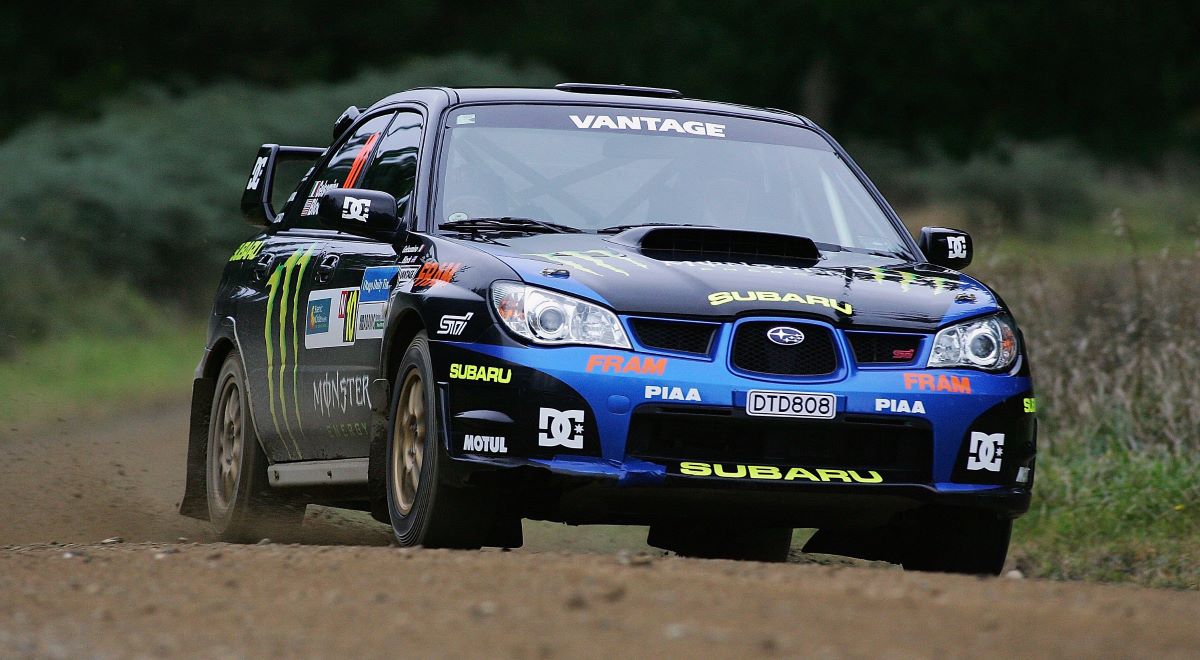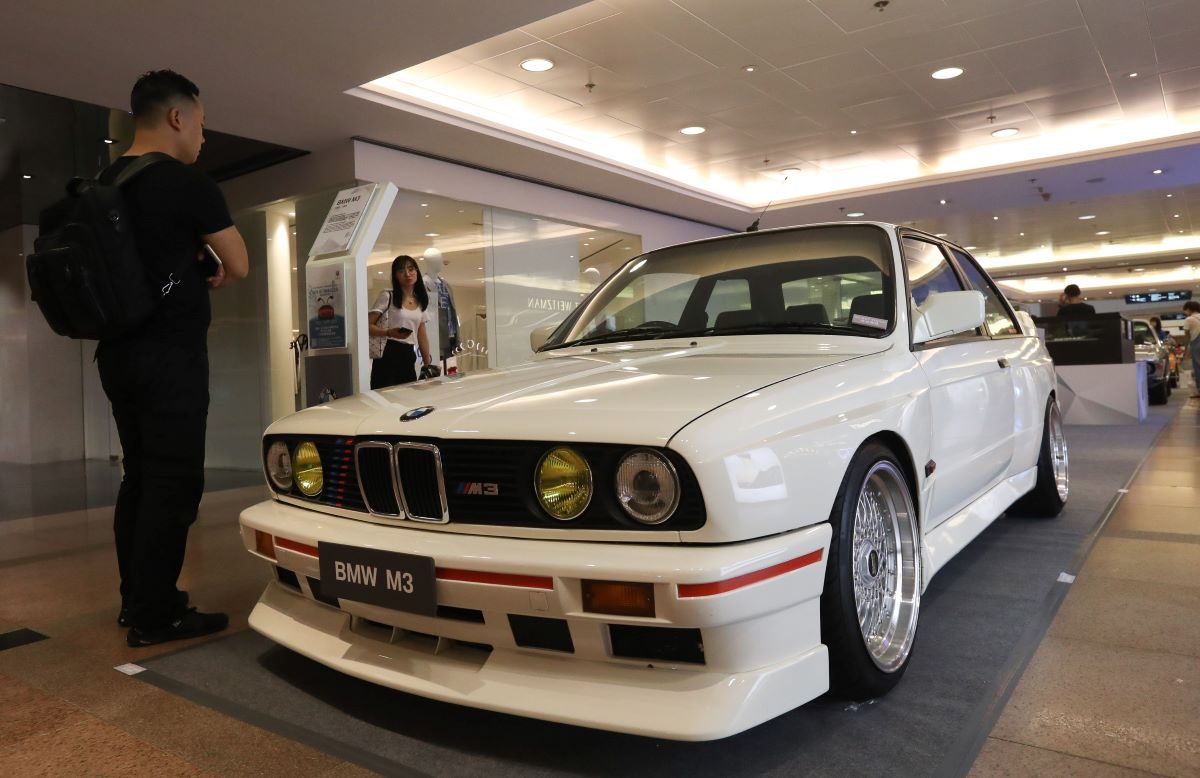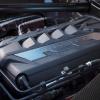
What Is a Homologation Car?
To homologate is to approve a car or engine for sale in a particular market or use in a particular class of racing. That may seem like an odd thing to specify—wouldn’t all cars for sale need to be approved in one way or another? But “homologation specials,” as they’re known in the racing and competition worlds, are unique. Some of the most iconic muscle cars were—or inspired—homologation cars. Are these cars still made? Can you actually drive them? Let’s learn more about these crazy sports cars.
What homologation means, and how these incredible sports cars come to be

According to Motortrend, “race cars and vehicles—even for non-motorsports events like the luge—have to be homologated to a certain set of rules so they can be deemed fit for use in competition.” Those requirements are called homologation rules. The rules say that for automakers to build certain racecars, they also need to develop suitable, salable production cars.
The point of these rules was to discourage automakers from creating supercars just for racing—instead, the racing federations “wanted modified versions of normal street cars to compete.” To satisfy these rules, automakers had to produce insanely fast and powerful production cars to be able to build their racecars.
For example, the Subaru STI division specializes in producing rally cars. A variety of STI homologation cars have come out of that partnership, namely the iconic Subaru Impreza WRX.
Many classic car owners love these race-ready production sports cars for their unique and sometimes quirky creations.
Racecars for the road

Homologation specials introduced many incredible sports cars to the world of classic sports cars—some are still around today, though they’ve evolved into something a little more socially acceptable. Some modern homologation cars include the Subaru WRX, the BMW M3, and the Ford GT.
MotorTrend explains that “not only did a would-be racecar have to meet minimum production requirements, various specifications such as engine displacement, chassis dimensions, and suspension designs typically had to be similar between the road car and the racecar.”
Homologation rules demanded that automakers produce a certain number of road-ready cars in order to satisfy the requirements. Until the early ‘90s, automakers racing in Group A had to build 5,000 production cars. That number dropped to 2,500 in 1991. Group B homologation cars had a much lower bar to hit—automakers only needed to make 200 cars for the road.
The best homologation cars of all time
Because these cars are so unique, it’s hard to nail down a definitive list of the best homologation cars. These production sports cars come in all shapes, sizes, colors, body styles, and power ratings, so it’s tricky to rank them specifically.
However, the video above is a good place to start. And Road & Track’s list of the wildest homologation cars can round it out. R&T’s list includes:
- Panoz Esperante GTR-1
- Mercedes-Benz CLK GTR
- BMW M3 E30
- Subaru Impreza 22B STI
- Opel Manta 400
- Mitsubishi Pajero Evolution
- Ford Sierra RS500 Cosworth
- Celica GT-Four
- Peugeot 205 Turbo 16
- Porsche 911 GT1
- Audi Sport Quattro S1
- SARD MC8
- Fiat 131 Abarth
- Lancia 037 Stradale
- MG Metro 6R4
- Ferrari 288 GTO
- Chevrolet Camaro ZL-1
- Ford GT
- Dauer 962 Le Mans
- Plymouth Road Runner Superbird
- 1969 Dodge Charger Daytona
- Lancia Stratos
- Toyota GT-One
- Ford RS200
- BMW M3 GTR
- Nissan R390 GT1
- Buick LeSabre Grand National
- Renault R5 Turbo
- Chevron B8
In general, federations have loosened homologation rules to give automakers more room to build cool new vehicles to race, so there aren’t many new homologation cars in 2022. One recent notable exception was the Toyota GR Yaris seen in Europe.
However, as the world of racing turns more and more toward electric cars to create more intense power, I’m interested in seeing if modern homologation cars start becoming electrified.


